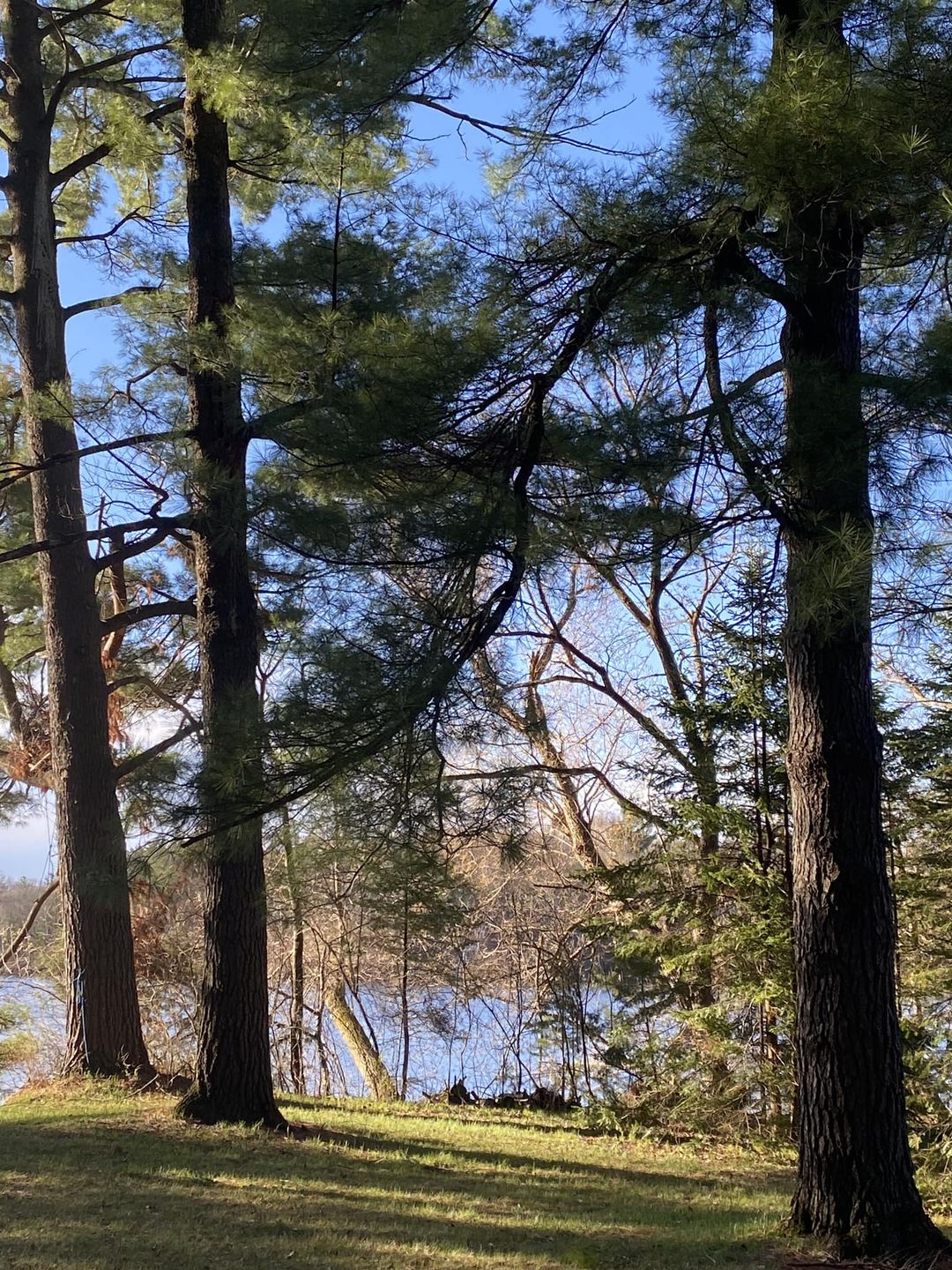THERE IS A WAY of looking at the world

THERE IS A WAY of looking at the world around us that is so old and honored, so wise, so self-evidently true, that it is almost completely at odds with the way we normally live our lives. It is a way in which we see and acknowledge Nature as being inhabited by teachers and teachings, and more than that–as a home filled with relatives. The following passage is from my book, ‘A Wild Path,’ and contains one of my favorite quotes of all, from Lakota holy man, Back Elk:
“In my years of wilderness guiding I saw and sensed the powerful effect such experiences of immersion and connection with nature had on the people I led—nearly all of them, I learned, carrying in some form their own private scars or doubts or insecurities. And I began to really understand the healing and restorative power of Nature.
Of course, I was far from the first person to make this discovery. Jesus and Buddha both found themselves through time spent in the wilderness, or simply sitting under a tree. Other religious figures, from St. Francis of Assisi to St. Bernard de Clairvaux, spoke of the wisdom and benevolent properties of nature. Shakespeare and poets like Shelley and Bryant, Emerson and Longfellow, wrote of finding “books in running brooks, sermons in stones, and good in everything.”
In Eastern cultures the connection is at least as strong. Traditional Hinduism, Buddhism, Zen, and Taoism all derive wisdom teachings from the natural world. A favorite Zen saying poses a question: “Green trees, fragrant grasses: a place not sacred? Where?” And the Buddha imparted perhaps his most famous teaching by silently holding up a single lotus blossom.
Indigenous cultures, prominently including the Native Peoples of this continent, have had no doubts about the essential ties between humanity and our first mentor, Nature. The teachings and quotes are innumerable. Perhaps my favorite is from Black Elk, who said so beautifully, “The first peace, and the most important, is that which comes within the souls of people when they realize their connection, their oneness with the universe and all its powers. And that at the center of the universe dwells the Great Spirit. And that this center is really everywhere—it is within each of us.” Thus the simple Lakota ceremonial acknowledgment, ‘Mitakuye Oyasin’—all my relations—is deeply and endlessly meaningful.
The original idea of Nature as guide, healer, teacher, comforter, and filled with relatives, is a very old one—perhaps one of the oldest—and has been known in virtually every corner of the earth.”